Food & Drink / Italy
Comfort food
A spate of growers, producers, chefs and farmers are reintroducing the country to forgotten ingredients and rediscovering age-old recipes that champion sustainability and a closer link with nature.
1
Felicetti, Trentino
Neapolitan pasta may be famous around the world yet one of the Bel Paese’s premium producers of spaghetti, family-run Pastificio Felicetti, isn’t found in sun-kissed Campania. The fourth-generation business is nestled high up in the country’s scenic Dolomites, a location that has plenty of advantages. “You can use quality wheat from different regions of Italy, each with unique characteristics, like many others do – but we are also fortunate to have access to pure Alpine spring water,” says ceo Riccardo Felicetti.
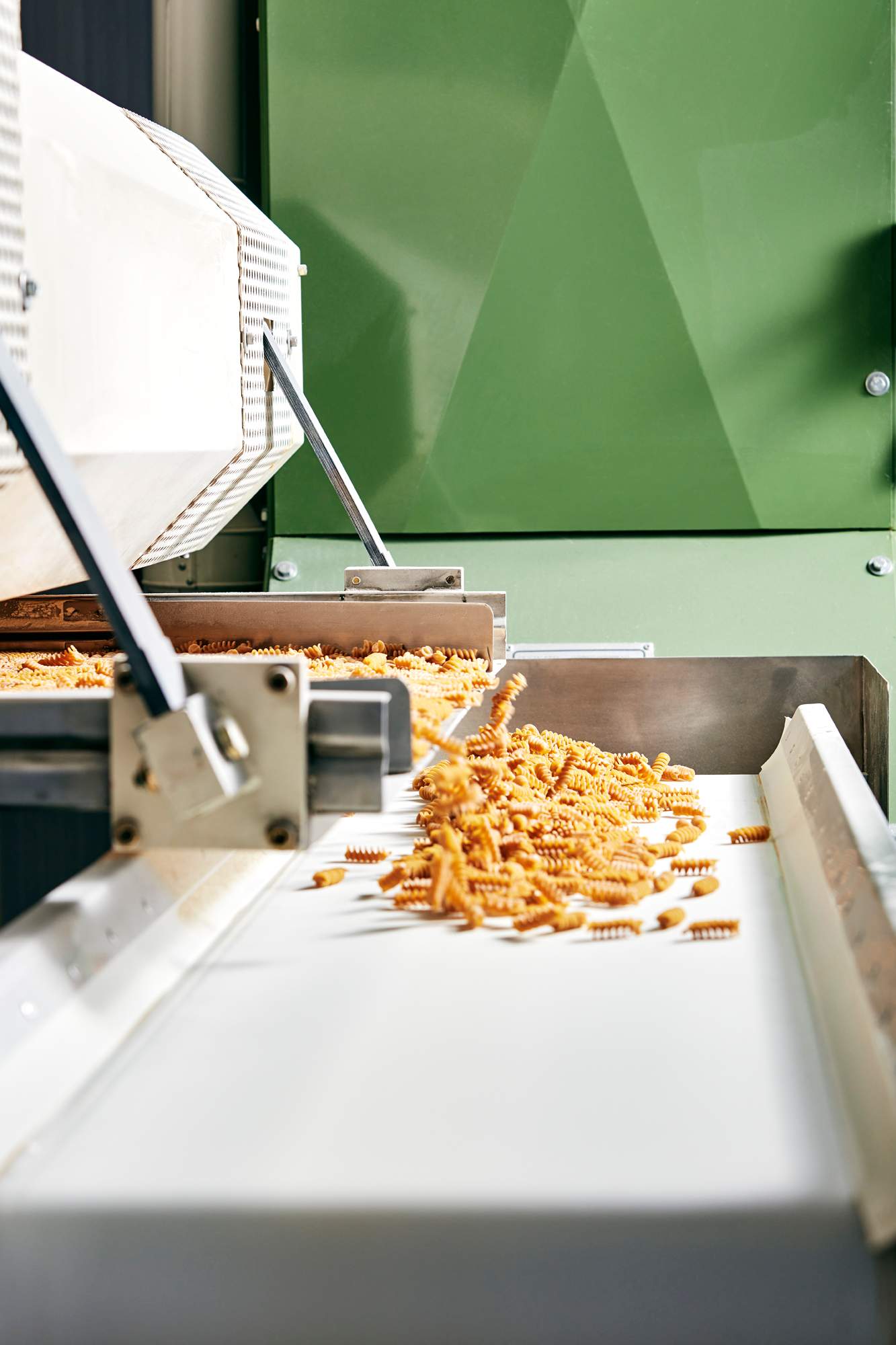

Sourced from the Latemar massif, the crystal-clear water is a key ingredient, which transforms flour into a standout dough that is then passed through bronze dies and shaped into various forms from fusilli to linguine. Afterwards, pasta is dried for hours with the help of pristine mountain air. In addition to working with farmers who grow organically, the brand promotes a line of single-origin varieties known as Monograno, which range from its Il Cappelli durum wheat, grown in Puglia, to its fragrant Farro, from the central region of Umbria.
Felicetti’s collection of dry pastas have won over Michelin-starred chefs such as South Tyrol’s Norbert Niederkofler. This has inspired the company to develop pasta for professional cooks including Valentino, an unusually large-diameter spaghetti. Such a commitment to quality has led to a healthy bottom line: the company hopes to top €40m in revenues this year.
“Pasta is not just a staple foodstuff, it is a symbol of healthy living that people are turning to today”
“Pasta is not just a staple foodstuff, it is a symbol of healthy living that people are turning to today,” says Felicetti. The numbers back him up: the company’s exports, which account for 70 per cent of sales, reach 50 countries. But Felicetti isn’t ready to rest on his laurels: the company has invested upwards of €35m to double output with expanded facilities. That’s something for his competitors to chew on, no doubt al dente.
felicetti.it
2
Tasca d’Almerita, Sicily
“If we approach sustainability as a common good we’re going to work together as wine-makers,” says Alberto Tasca, the eighth generation to lead Tasca d’Almerita wineries. Founded in Sicily in 1830, this is one of Italy’s oldest wine brands. It is also at the forefront of a revolution among the area’s vintners who have transitioned from plonk to growing some of Italy’s most attention-grabbing natural wines.
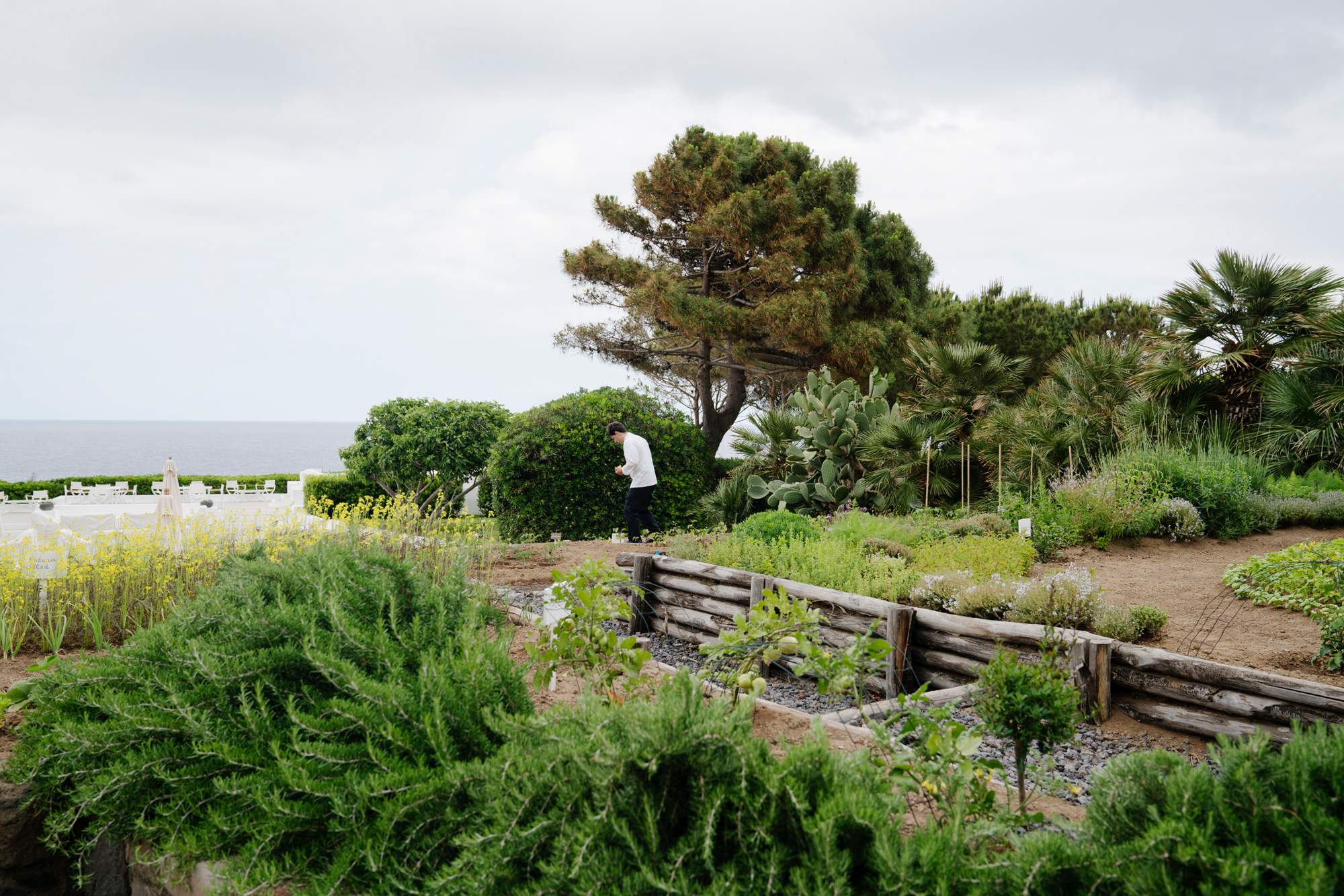
Collaboration between Sicilian wine-makers has helped to forge a new identity for the region’s offerings – their approach recognises that healthy land doesn’t need chemical treatment. “Chemicals would only destroy the biodiversity that’s fundamental to maintaining the health of the soil,” says Tasca.
With five vineyards spread across Sicily – including one on the volcanic island of Salina (pictured) – Tasca d’Almerita makes wines using organic methods adapted for each estate. The enterprise also includes a restaurant and two vineyard resorts. Even in a distressing year for the hospitality sector, Alberto Tasca sees opportunity: “This is not a normal crisis where we can predict the future but I’m confident about the values with which we’ll rebuild.”
tascadalmerita.it
3
Le Lune, Tuscany
As more and more city dwellers start fantasising about life in the countryside, in Florence one couple is taking advantage of the Tuscan capital’s unique landscape to offer a green oasis in the thick of the city. Le Lune, a 20-hectare stretch of farmland in Florence’s sloped Le Cure neighbourhood, has been welcoming locals to dine in its greenhouse and rambling garden since 2018, when owners Guido Manfredi Rasponi and Tina Gabriel opened the restaurant amid their rows of lemon and orange trees, laurel bushes, lavender plants and grapevines.
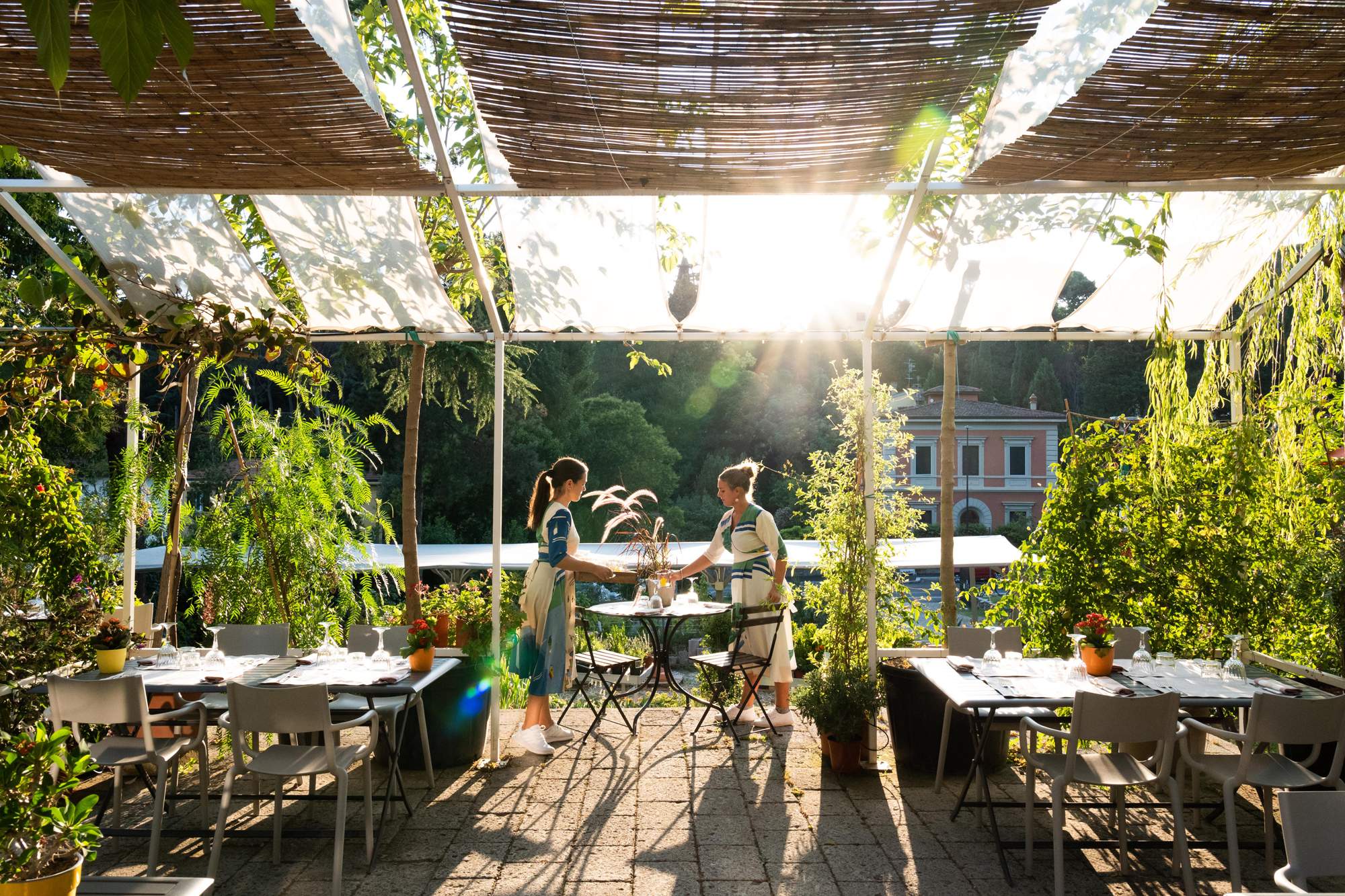
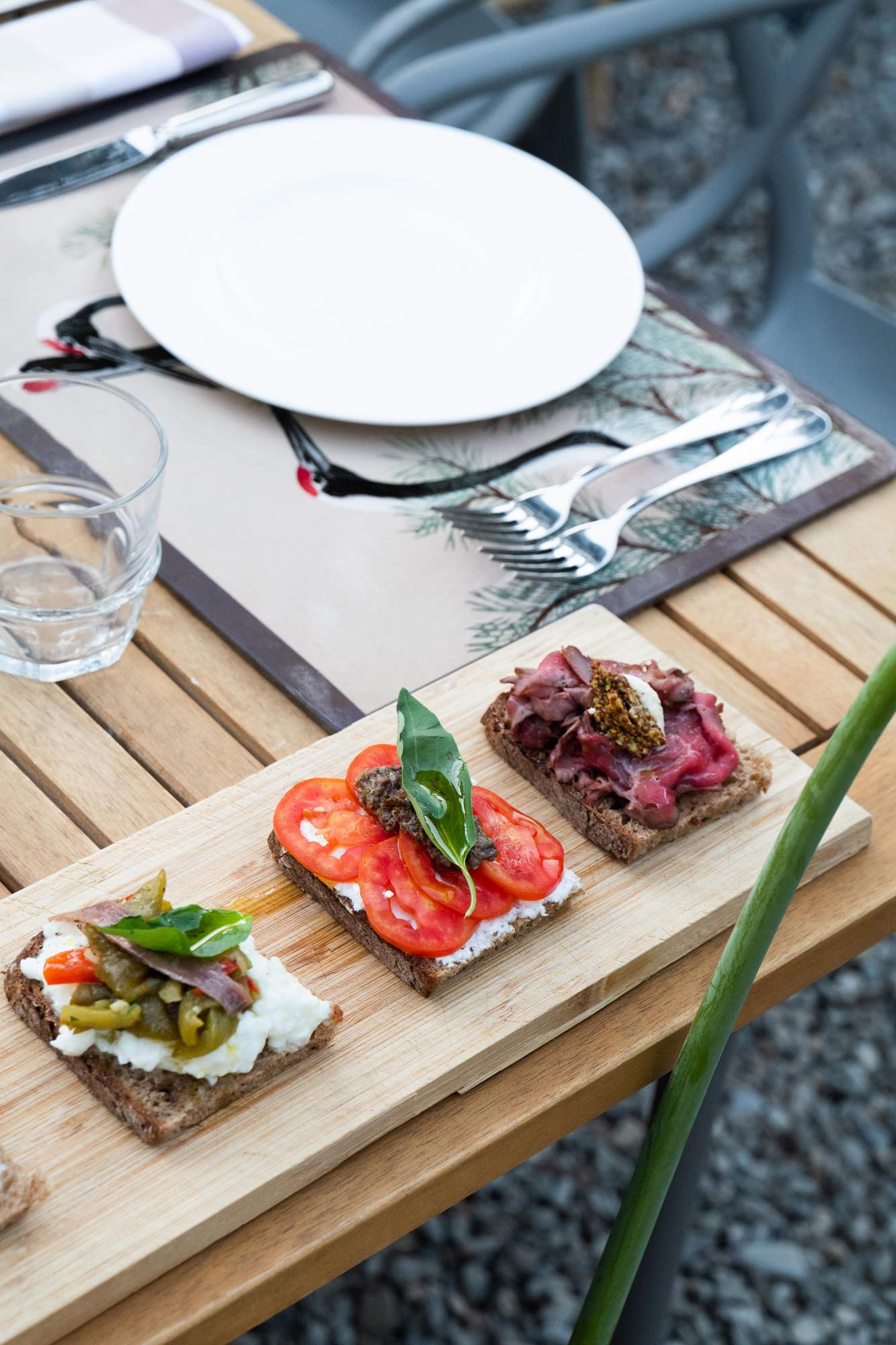
“I wanted to bring farm products directly to customers,” says Manfredi Rasponi, who began his career at his family’s farm in south west Tuscany, where the Rasponis raise Chianina cattle and grow grains that are used at the restaurant. “We have to educate consumers about what real Tuscan products taste like,” he says. Le Lune’s land also provides herbs and oil from 2,000 olive trees; the rest of the menu’s vegetables and cheeses are sourced from other farms in the region. At the restaurant the focus remains on high-quality primary ingredients rather than elaborate preparations. “Our dishes represent the final step of our production cycle,” says Rasponi.
“We have to educate consumers about what real Tuscan products taste like”
Le Lune has an impressive plant nursery that has been attracting more Florentines as the desire to tend to one’s own garden grows. Last year Rasponi and Gabriel also started a programme on-site so that city children could get a taste of a rural life. “Children are always so controlled in Italy,” he says. “But here they gain confidence about being in nature.”
It’s all part of the couple’s vision to adapt Italy’s rich agricultural heritage for modern citizens and to establish a link with nature. “I didn’t set out to be a farmer but I liked the idea of managing land in a more sustainable way,” says Rasponi. “The new generation can combine agriculture with environmentalism to revive the countryside.”
36 Via S Domenico, Florence
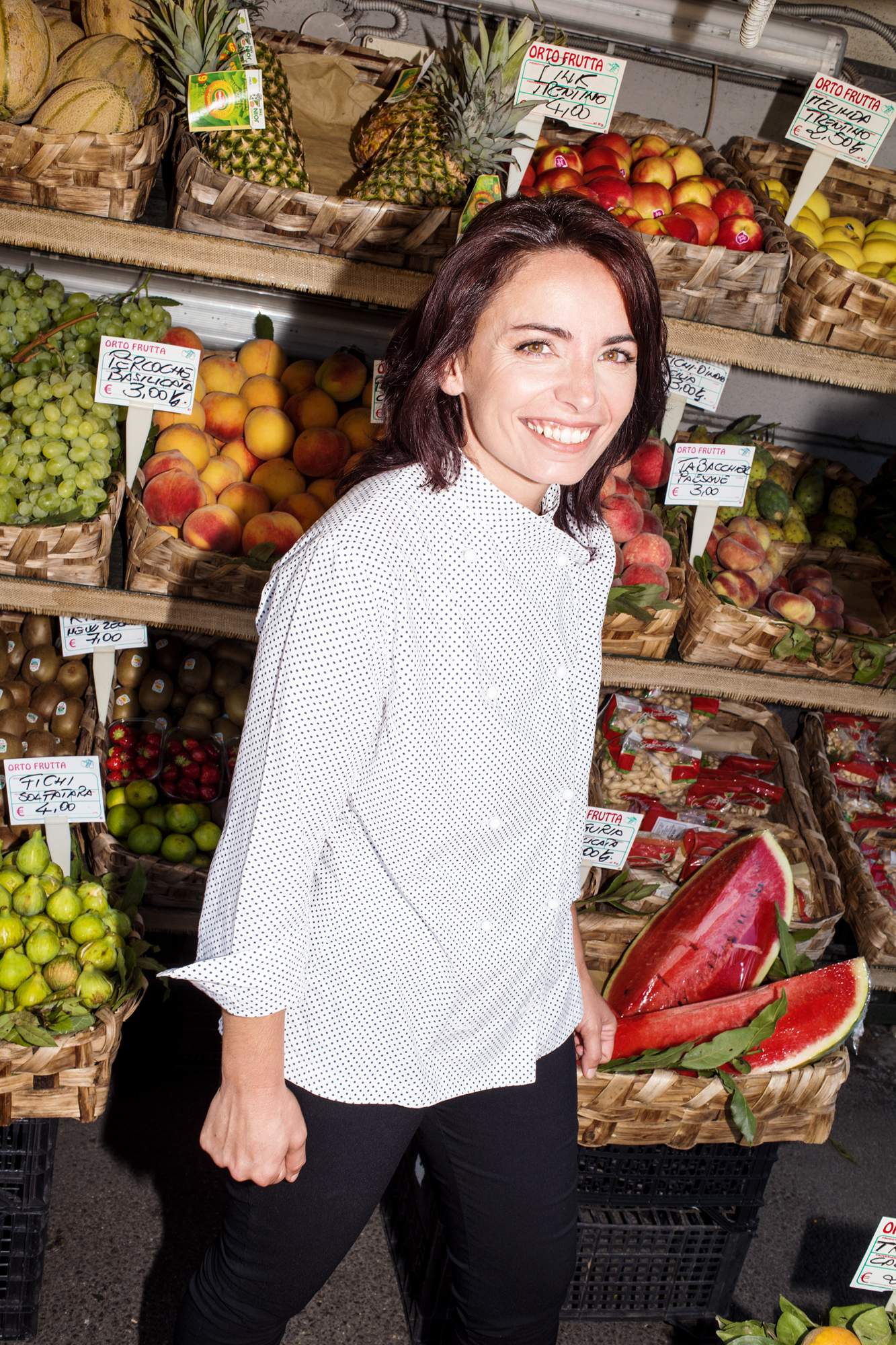
4
Sud, Campania
Marianna Vitale (pictured) plumped for Campi Flegrei, on the outskirts of Naples, for the location of her first restaurant. She opened Sud in 2009 with her husband Antonio. Being so far off the beaten track seemed foolhardy for an unknown chef without formal training – a then 29-year-old woman elbowing her way into a masculine culinary world. Yet by the restaurant’s second anniversary, Vitale had earnt a Michelin star and a steady stream of visitors. “I always knew I wanted to be a chef,” says Vitale between kitchen shifts. “I was willing to face what I knew would be a long series of challenges.”
That brave approach extends to her cuisine, which is characterised by an audacious use of historical ingredients. Commonly eaten until the 1950s before falling into gastronomic oblivion, sea anemone graces her dishes, as do unusual shellfish including Noah’s Ark bivalves and the grooved sea squirt. “It’s about using new techniques and combinations and recovering ingredients that have been lost,” she says. “People often don’t realise that these ingredients are actually edible.”
Born and raised in Naples, Vitale was inspired by the city’s cuisine and its roots in dishes influenced by its Greek, Roman, French and Spanish conquerors. Yet she ventures well beyond traditional recipes. “I prepare international recipes with local ingredients or local recipes with exotic ingredients,” she says. “It’s all about having a fresh view.”
sudristorante.it
Photographers: Bea De Giacomo, Sara Magni, Clara Vannucci, Milo Alterio


